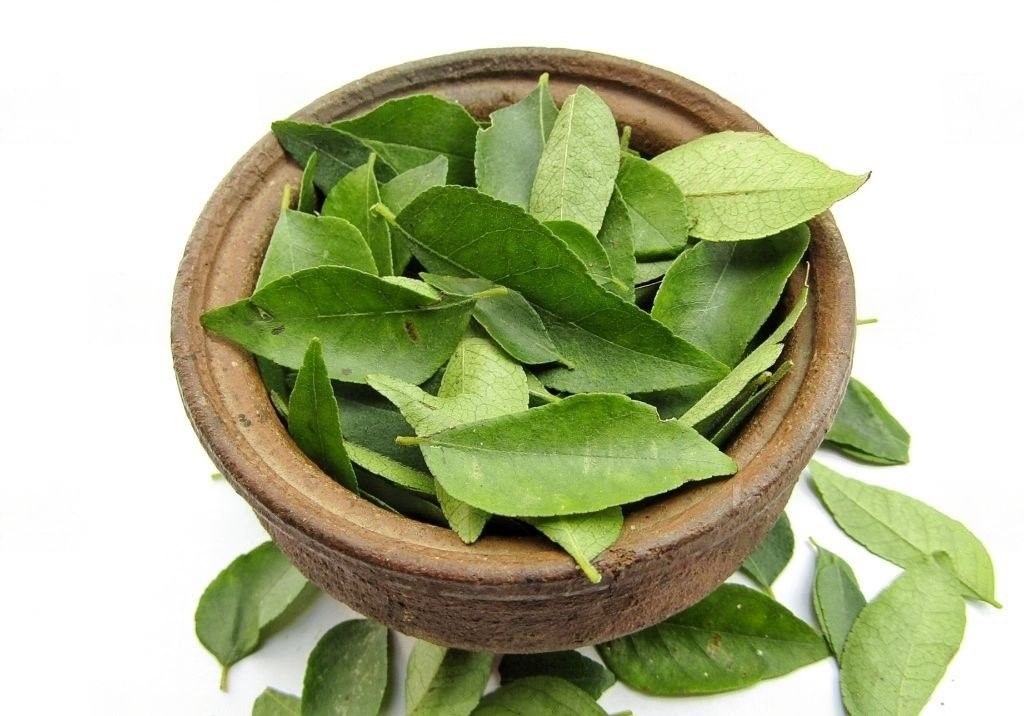Boosting Health with Superfoods: Easy Ways to Energize Your Diet
By including superfoods in your dietary choices, you can relish the delightful flavors of Indian cuisine while also nurturing your body with the valuable nutrients they offer.

The richness of India's culinary heritage extends far beyond just flavors and aromas. Traditional Indian superfoods have long been revered not only for their taste but also for their remarkable health benefits. From centuries-old practices to modern scientific research, these ingredients have stood the test of time in promoting vitality and well-being. In this blog, we will explore the scientific rationale behind the inclusion of Indian superfoods in your diet and how they can enhance your overall health.
The Science Behind Indian Superfoods
1. Turmeric: The Golden Spice with Healing Powers
Turmeric, a vibrant yellow spice commonly used in Indian cuisine, contains a bioactive compound called curcumin. Curcumin has potent anti-inflammatory and antioxidant properties. It modulates various signaling pathways that contribute to inflammation and oxidative stress in the body. Research suggests that curcumin may help manage conditions like arthritis, heart disease, and even certain types of cancer. Adding turmeric to your meals can not only enhance the flavor but also contribute to reducing chronic inflammation.
2. Lentils: Protein-Packed Nutritional Gems
Lentils are an integral part of Indian diets, known for their high protein content and complex carbohydrates. They are an excellent source of plant-based protein, making them a staple for vegetarians and vegans. Protein is essential for muscle repair, immune function, and overall growth and development. Moreover, lentils have a low glycemic index, which means they release energy gradually, aiding in blood sugar control. Their high fiber content further supports digestive health and helps maintain a healthy gut microbiome.
3. Curry Leaves: More Than Just Aroma
Curry leaves, widely used in Indian cooking for their aromatic flavor, also offer a range of health benefits. These leaves contain compounds like carbazole alkaloids, which possess antioxidant and anti-inflammatory properties. Research suggests that curry leaves may help in managing diabetes by improving insulin sensitivity and reducing blood sugar levels. Incorporating curry leaves into your diet, whether in curries or as a seasoning, can provide you with these potential health advantages.
4. Amla (Indian Gooseberry): Vitamin C Booster
Amla, a sour and tangy fruit, is a powerhouse of vitamin C. Vitamin C is a potent antioxidant that supports the immune system, promotes skin health, and aids in collagen production. Amla's antioxidant properties help neutralize free radicals, protecting cells from damage. Additionally, amla has been linked to improved digestion and enhanced absorption of nutrients. Including amla in your diet, whether fresh or in powdered form, can contribute to your overall well-being.
5. Fenugreek Seeds: Managing Blood Sugar Naturally
Fenugreek seeds are known for their potential to help manage blood sugar levels. These seeds contain soluble fiber, which slows down the digestion and absorption of carbohydrates, resulting in better blood sugar control. Fenugreek seeds also contain compounds that improve insulin sensitivity, making them beneficial for individuals with diabetes. Studies have shown that fenugreek supplementation can lead to reduced fasting blood sugar levels and improved glucose tolerance. Adding fenugreek seeds to your diet in various dishes can be a practical way to harness these benefits.
SUMMARY
Traditional Indian superfoods offer a treasure trove of health benefits backed by scientific research. From the anti-inflammatory properties of turmeric to the protein-packed lentils and the blood sugar management potential of fenugreek seeds, these ingredients have demonstrated their efficacy in supporting overall health. By incorporating these superfoods into your diet, you can not only savor the rich flavors of Indian cuisine but also nourish your body with the goodness they provide.
Jayti Shah is a Clinical Nutritionist with a master's degree in Clinical Nutrition and Dietetics. She is a member of the Indian Dietetic Association (IDA). Over the last 9 years, she has helped 400 clients in their clinical and weight loss journeys. She works with SocialBoat as a nutrition consultant.
At SocialBoat, we offer custom diet plans and guided workouts to help you achieve your goals in a 360-degree approach. Our gamified experience ensures that you don’t find workouts boring and we reward you for being consistent with your efforts.

REFERENCES
- Hewlings, S. J., & Kalman, D. S. (2017). Curcumin: A Review of Its Effects on Human Health. Foods, 6(10), 92.
- Gupta, S. C., Patchva, S., & Aggarwal, B. B. (2013). Therapeutic Roles of Curcumin: Lessons Learned from Clinical Trials. The AAPS Journal, 15(1), 195–218.
- Ganesan, K., & Xu, B. (2017). A Critical Review on Polyphenols and Health Benefits of Black Soybeans. Nutrients, 9(5), 455.
- Jenkins, D. J. A., Wolever, T. M. S., Taylor, R. H., Barker, H., Fielden, H., Baldwin, J. M., ... & Jenkins, A. L. (1981). Glycemic index of foods: a physiological basis for carbohydrate exchange. The American journal of clinical nutrition, 34(3), 362-366.
- Anderson, J. W., & Major, A. W. (2002). Pulses and lipaemia, short-and long-term effect: potential in the prevention of cardiovascular disease. The British journal of nutrition, 88(3), 263-271.
- Choudhary, R., & Sharma, A. K. (2015). Potential of curry (Murraya koenigii) and fenugreek (Trigonella foenum-graecum) leaves for management of diabetes and hypertension. International Journal of Health Sciences and Research, 5(11), 401-414.
- Carr, A. C., & Maggini, S. (2017). Vitamin C and Immune Function. Nutrients, 9(11), 1211.
- Jacob, R. A., Skala, J. H., & Omaye, S. T. (1987). Bioavailability of vitamin C in chronic smokers. Nutrition Reports International, 36(3), 493-497.
- Mathur, R., & Sharma, A. (2013). Effect of amla fruit (Emblica officinalis Gaertn.) on blood glucose and lipid profile of normal subjects and type 2 diabetic patients. International Journal of Food Sciences and Nutrition, 64(6), 682-685.
- Sharma, R. D., Raghuram, T. C., & Rao, N. S. (1990). Effect of fenugreek seeds on blood glucose and serum lipids in type I diabetes. European journal of clinical nutrition, 44(4), 301-306.
- Neelakantan, N., Narayanan, M., de Souza, R. J., van Dam, R. M., & (2014). Effect of fenugreek (Trigonella foenum-graecum L.) intake on glycemia: a meta-analysis of clinical trials. Nutrition Journal, 13, 7.
